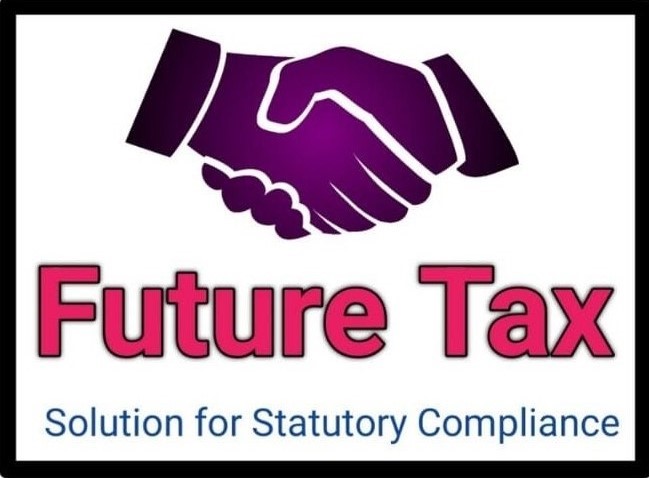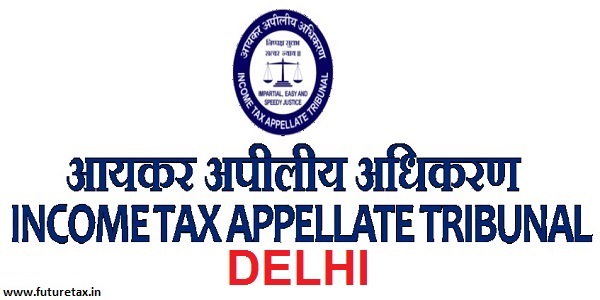
Year-End Tax Planning in India for 2024: A Comprehensive Guide
- Income Tax
- August 25, 2024
- No Comment
- 175
- 10 minutes read
Year-End Tax Planning in India for 2024: A Comprehensive Guide
As the financial year comes to a close, effective tax planning becomes crucial for both individuals and businesses in India. The year 2024 brings with it several opportunities to optimize your tax liability, ensuring you make the most of available deductions, exemptions, and tax-saving investments. This guide will walk you through essential strategies to implement before the year ends, helping you to not only reduce your tax burden but also plan for a more secure financial future.
1. Assess Your Income and Choose the Right Tax Regime
With the continued availability of both the old and new tax regimes in 2024, choosing the right one is the foundation of effective tax planning.
- Old Tax Regime: This regime offers a wide range of deductions and exemptions under sections like 80C, 80D, 80G, and others. It’s ideal for taxpayers who have significant investments or expenses that qualify for these deductions.
- New Tax Regime: Offers lower tax rates but with no major deductions or exemptions. It is suited for those with minimal investments or who prefer a simpler tax calculation process.
Action Point: Review your income, existing deductions, and future financial goals. Use online tax calculators to compare the tax liability under both regimes, ensuring you choose the most beneficial option.
2. Maximize Section 80C Deductions Before Year-End
Section 80C offers a maximum deduction of ₹1.5 lakhs on a variety of investments and expenses. As the financial year ends, ensure you’ve fully utilized this limit.
- Popular 80C Investments: Public Provident Fund (PPF), National Savings Certificate (NSC), ELSS (Equity Linked Saving Scheme), Sukanya Samriddhi Yojana (SSY), and 5-year fixed deposits.
- Insurance Premiums: Life insurance premiums and payments towards annuity plans also qualify under 80C.
- Home Loan Principal Repayment: The principal portion of your home loan EMI is eligible for deduction under Section 80C.
Action Point: Review your investments to ensure you’ve utilized the full ₹1.5 lakh limit. If not, consider making additional contributions to qualifying investments.
3. Optimize Health Insurance Under Section 80D
Health insurance not only provides financial security in case of medical emergencies but also offers tax benefits under Section 80D.
- For Individuals: You can claim a deduction of up to ₹25,000 for health insurance premiums for yourself, spouse, and dependent children. An additional ₹50,000 can be claimed if you’re paying for the health insurance of your parents who are senior citizens.
- Preventive Health Check-up: Expenses up to ₹5,000 on preventive health check-ups are also eligible for deduction within the overall 80D limit.
Action Point: Ensure you’ve paid all health insurance premiums before the year ends to claim the deduction. If you haven’t yet opted for health insurance, consider doing so for both the financial and tax benefits.
4. Utilize Section 80CCD for NPS Contributions
The National Pension System (NPS) is a tax-efficient way to build your retirement corpus, with additional benefits under Section 80CCD.
- 80CCD(1): Contributions made by you towards NPS are eligible for deduction up to 10% of your salary (Basic + DA) or 20% of your gross income if you’re self-employed, subject to the overall limit of ₹1.5 lakhs under 80C.
- 80CCD(1B): An additional deduction of ₹50,000 is available exclusively for contributions to NPS under this section, over and above the ₹1.5 lakh limit.
Action Point: Consider increasing your NPS contributions before the financial year ends to take full advantage of these deductions, especially the additional ₹50,000 under 80CCD(1B).
5. Plan for Capital Gains Tax
Capital gains tax is applicable on the sale of assets like property, stocks, and mutual funds. Effective planning can significantly reduce this tax burden.
- Long-Term Capital Gains (LTCG): Gains from the sale of equity-oriented investments held for more than one year are taxed at 10% for amounts exceeding ₹1 lakh. For property and other assets, LTCG is taxed at 20% with indexation benefits.
- Short-Term Capital Gains (STCG): Gains from the sale of equity-oriented investments held for less than one year are taxed at 15%. For other assets, STCG is added to your income and taxed according to your slab rate.
Action Point: If you’re holding assets with substantial unrealized gains, consider the timing of your sale to minimize tax. You can also look at reinvesting the gains in tax-saving bonds under Section 54EC or purchasing another property to avail of exemption under Section 54.
6. Invest in Tax-Saving Fixed Deposits and Bonds
If you prefer low-risk investments, tax-saving fixed deposits and bonds can be a good choice, especially as the financial year draws to a close.
- Tax-Saving Fixed Deposits: These come with a lock-in period of 5 years and offer a deduction under Section 80C. The interest earned is, however, taxable.
- Infrastructure Bonds: Under Section 80CCF, investments in specific infrastructure bonds are eligible for a deduction of up to ₹20,000, which is over and above the Section 80C limit.
Action Point: If you haven’t reached the Section 80C limit yet, consider investing in tax-saving fixed deposits. For those looking for additional deductions, infrastructure bonds can be considered.
7. Claim HRA and Rent Deductions
House Rent Allowance (HRA) can provide significant tax relief if you’re living in a rented house. Ensure you’ve claimed the maximum exemption based on your rent, salary, and location.
- HRA Calculation: The least of the following can be claimed as HRA exemption:
- Actual HRA received from your employer.
- 50% of your basic salary (if living in a metro city) or 40% (if living in a non-metro city).
- Actual rent paid minus 10% of your basic salary.
- Rent Deduction under Section 80GG: If your employer doesn’t provide HRA, you can still claim a deduction under Section 80GG, up to ₹60,000 per annum.
Action Point: Review your rent receipts and ensure you’ve claimed the maximum HRA exemption. If not, adjust your salary structure or consider Section 80GG for additional relief.
8. Donate to Charity for Section 80G Deductions
Donations to eligible charitable institutions and relief funds can provide you with tax benefits under Section 80G.
- Donation Categories: Donations to certain funds like the Prime Minister’s National Relief Fund qualify for a 100% deduction, while others are eligible for a 50% deduction.
- Conditions: To claim the deduction, donations must be made via cheque, draft, or online payment. Cash donations exceeding ₹2,000 are not eligible for deduction.
Action Point: If you’re planning to donate, do so before the financial year ends and ensure the institution is eligible under Section 80G. Keep the donation receipt handy for filing your returns.
9. Review and Optimize Business Expenses
For businesses, year-end tax planning involves ensuring all legitimate expenses are accounted for and claiming any available deductions.
- Depreciation: Ensure that depreciation on business assets is calculated correctly and claimed as a deduction.
- Employee Benefits: Expenses related to employee benefits like health insurance, provident fund contributions, and leave encashment are deductible.
- Bad Debts: Write off any bad debts before the year ends to reduce taxable income.
Action Point: Conduct a thorough review of your business expenses to ensure all deductions are claimed. Consider making additional purchases or investments that qualify for depreciation or other tax benefits.
10. Plan for the Upcoming Financial Year
Year-end tax planning isn’t just about the current financial year; it’s also about setting yourself up for success in the next year.
- Review Investments: Assess the performance of your tax-saving investments and make adjustments as needed.
- Budget for the Next Year: Based on your current financial situation, create a budget that includes tax-saving investments and expenses.
- Consult a Tax Professional: A professional can help you navigate complex tax laws and identify additional tax-saving opportunities.
Action Point: Use the insights gained from your year-end tax planning to make informed decisions for the upcoming financial year. Consider regular contributions to tax-saving investments throughout the year to avoid last-minute stress.
Conclusion
Year-end tax planning is a vital part of managing your finances effectively. By taking the time to review your income, investments, and expenses, you can make the most of the available tax-saving opportunities. Whether you’re an individual or a business, these strategies will help you reduce your tax liability, comply with legal requirements, and secure your financial future in 2024.
Remember, proactive planning is the key to successful tax management. So, don’t wait until the last minute—start implementing these strategies today to maximize your tax benefits




